Planning Pays Off: 5 Strategies to Get the Most Out of Your Delivery Speed Choice
September 20, 2024
5 min read
Introduction
Return to Origin (RTO) is a stealthy threat to e-commerce profitability. According to research, 30% of COD orders end up being returned to the sender. These returns can cause significant financial losses for a business.
Despite the industry’s concentration on expansion and attracting customers, the neglected problem of RTO has the potential to greatly reduce profits. In this discussion, we will examine the expenses linked with RTO and present approaches to lessen its influence.
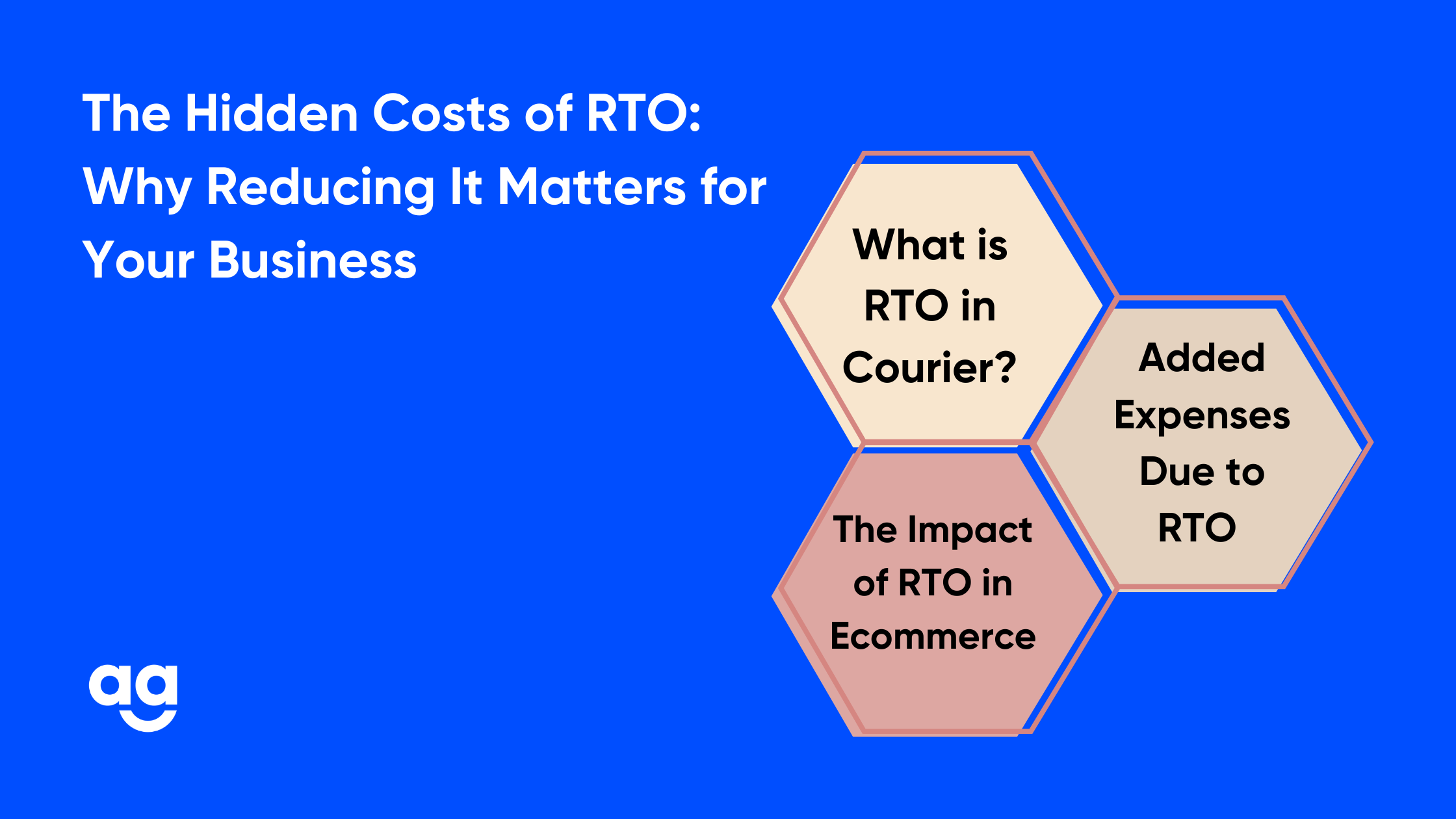
What is RTO in Courier?
RTO, which stands for Return to Origin, is a term commonly used in shipping. It refers to a scenario where a package cannot reach the intended recipient and is sent back to the address of the sender. Frequent RTO instances can lead to a chain of expenses that can eat into your profits.
When does RTO happen?
An RTO occurs for various reasons, including:
Recipient not available: The recipient is absent at the delivery address multiple times.
- Incorrect address: The provided shipping address is wrong or incomplete.
- Refusal to accept: The recipient refuses to accept the package upon delivery.
- Order canceled: The customer cancels the order after it has been shipped.
- Product damage: The product is damaged during transit, and the recipient refuses to accept it.
Added Expenses Due to RTO
RTOs can significantly increase shipping costs for businesses. While the immediate costs of RTO such as shipping and handling charges can be easily calculated, the often neglected expenses can have an effect on a company’s bottom line.
Apart from the financial impacts, RTO can also harm brand reputation, operational efficiency, and customer acquisition expenses. Let us explore these hidden costs further to grasp their influence.
Direct Costs
These include the cost of reverse logistics (shipping the product back), handling fees, and potential restocking expenses. Businesses will incur tangible expenses related to processing RTO requests, including:
- Shipping and Handling: Every returned package incurs shipping and handling costs twice – once for the outbound journey and again for the return.
- Inventory Management: Unsold inventory ties up capital and increases storage costs. High RTO rates lead to excess inventory.
- Packaging and Labor: Each package requires packaging materials and labor, costs that are doubled when a product is returned.
- Reverse Logistics: Processing return on WhatsApp involves additional labor, inspection, and restocking, contributing to operational expenses.
Indirect Costs
These encompass customer service resources required to manage RTO requests, increased operational complexity, and potential loss of revenue due to returns. Beyond direct expenses, businesses may also face indirect costs due to RTOs, such as:
- Customer Acquisition Costs: Acquiring new customers is expensive. A high RTO rate indicates dissatisfaction, impacting customer retention and acquisition efforts.
- Brand Reputation: Frequent returns can damage your brand’s reputation for reliability and customer service.
- Lost Sales Opportunities: Each returned item represents a lost sale and potentially a lost customer.
- Chargebacks and Payment Processing Fees: If customers dispute charges or initiate chargebacks, you incur financial penalties and processing fees.
The Impact of RTO in E-commerce
E-commerce depends on keeping customers happy and encouraging them to come for more. A high rate of returns is a warning sign that there may be issues, with product quality, pricing, descriptions, or customer service. It can also mean spending more on marketing to attract customers and make up for sales.
RTO WhatsApp in the context of e-commerce refers to a customer’s decision to return a purchased product. When this occurs via WhatsApp, it indicates a growing trend of using messaging platforms for after-sales interactions. While offering convenience to customers, RTOs through WhatsApp can impact e-commerce businesses by affecting return processing times, increasing logistics costs, and potentially impacting customer satisfaction if not handled efficiently.
This feature can be offered by online retailers or e-commerce platforms to provide a more convenient and streamlined return experience for their customers.
Ways to Lower Return Rates
Reducing return rates requires an approach that tackles the underlying reasons behind the problem. By making improvements to processes embracing technologies and focusing on customer needs companies can make an impact, on lowering their return rates. This section will suggest steps to help you streamline your operations and lessen the impact of returned items.
Improve Product Information
Capturing good quality images of products providing product details and showcasing customer feedback play a role, in boosting sales. It’s important to prioritize product photography as visuals have an impact on how customers make purchasing choices.
Effectively conveying product attributes, specifications, and sizes through comprehensive descriptions aids, in setting customer expectations. Encouraging customers to share their thoughts in reviews offers perspectives for shoppers fostering trust and reliability.
Enhance Order Fulfillment
Accurate order processing, efficient shipping, and real-time tracking are essential for a seamless customer experience. Minimizing errors in order picking and packing is crucial to avoid incorrect or missing items.
Partnering with reliable carriers and optimizing shipping processes ensures timely delivery. Providing customers with shipment updates through real-time tracking reduces RTOs and customer inquiries.
Optimize Returns Process
A customer-friendly returns policy is crucial for building trust and loyalty. Providing clear, step-by-step return instructions simplifies the process for customers. Promptly processing refunds enhances customer satisfaction and reinforces a positive brand image.
Leverage Technology
Leveraging technology is essential for reducing RTO rates. Predictive analytics can be used to identify products and customer segments prone to returns, enabling businesses to proactively address potential issues.
Customer segmentation allows for tailored marketing and communication strategies, improving customer satisfaction and reducing returns. Additionally, exploring specialized software solutions to analyze return patterns and identify improvement opportunities can significantly contribute to RTO prevention.
Improve Customer Service
Proactive communication is essential for addressing customer inquiries and concerns promptly and professionally. Offering personalized support based on individual needs and preferences enhances customer satisfaction. Building long-term relationships through excellent customer service fosters loyalty and positive brand perception.
Conclusion
Cutting down on RTO isn’t about cutting expenses; it’s about boosting customer happiness leading to brand loyalty and fueling business expansion. Following the methods detailed in this piece and knowing the offerings of Shipyaari can lead to how to reduce RTO and a boost, in the profitability of your retail business. Schedule a free demo today.
Frequently Asked Questions
RTO stands for Return to Origin. It’s when a customer returns a product after a failed delivery attempt.
RTOs lead to increased shipping costs, inventory management issues, and damaged products, negatively impacting a business’s bottom line.
Improve product descriptions, offer multiple payment options, provide order tracking, and optimize delivery processes to reduce RTOs.
Apart from shipping costs, RTOs may cause lost revenue, higher new customer acquisition costs, and damage to brand reputation.
Suggested Reads
Hyperlocal Personalization: Tailoring Experiences for Local Customers
Introduction The eCommerce industry in India has witnessed a rapid growth of hyperlocal services in
Continue ReadingDec






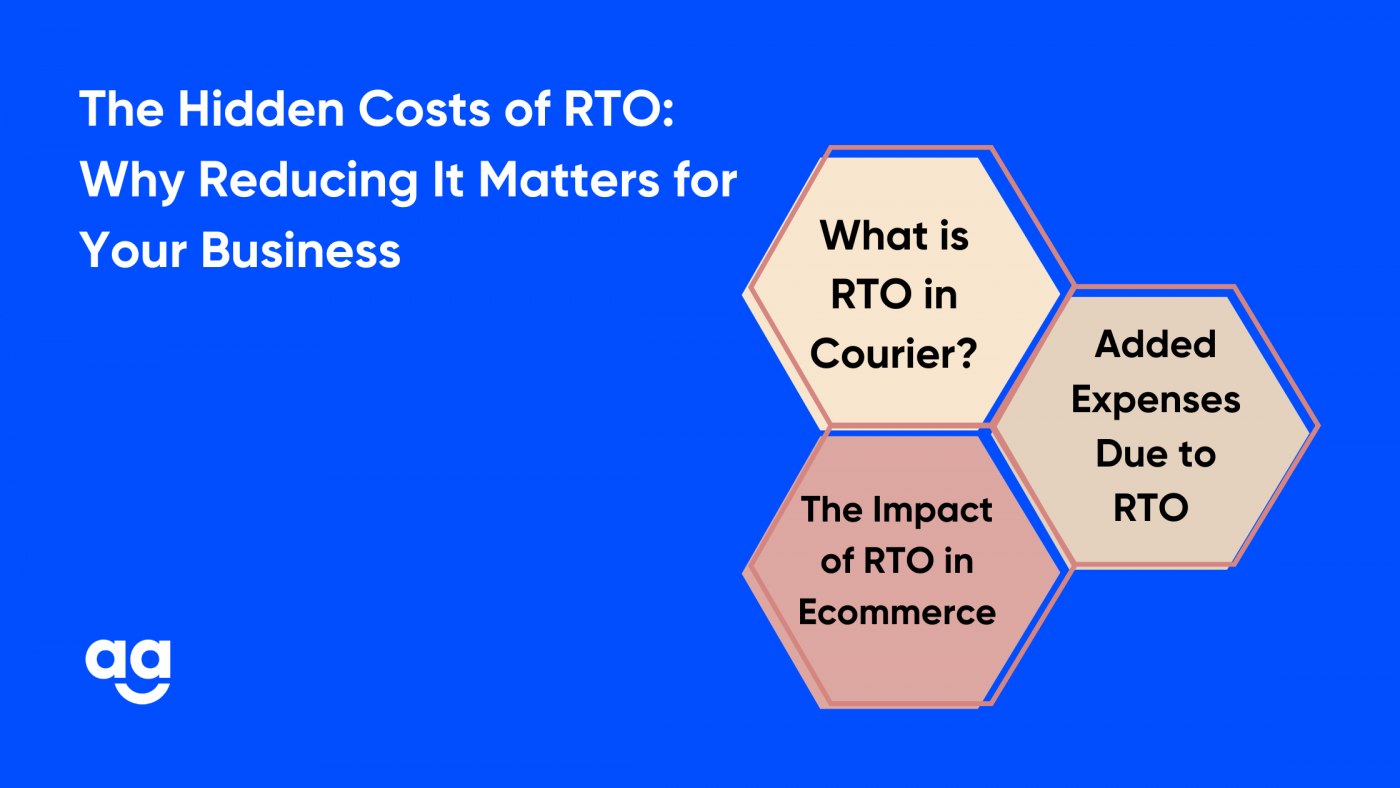



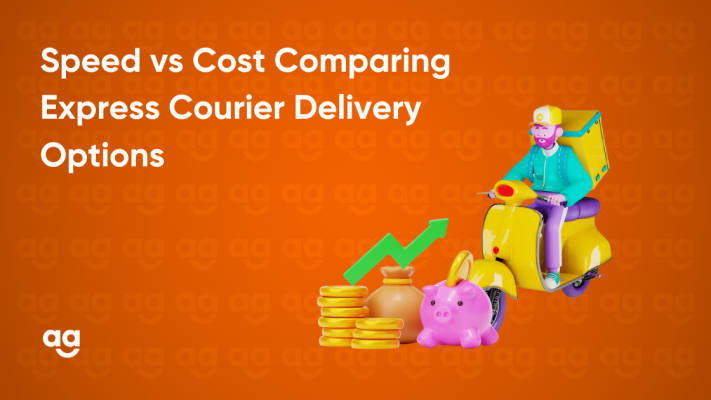


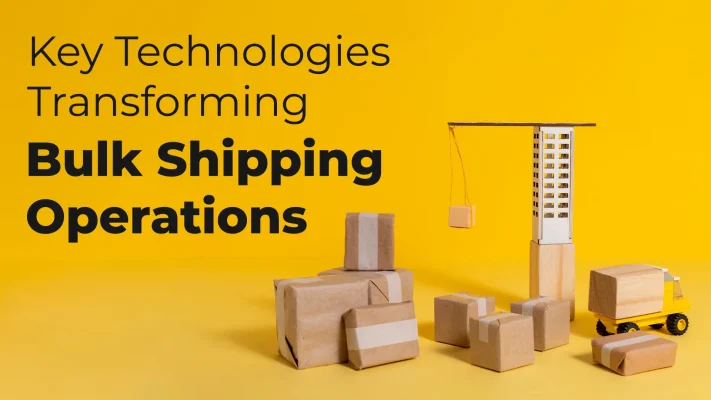
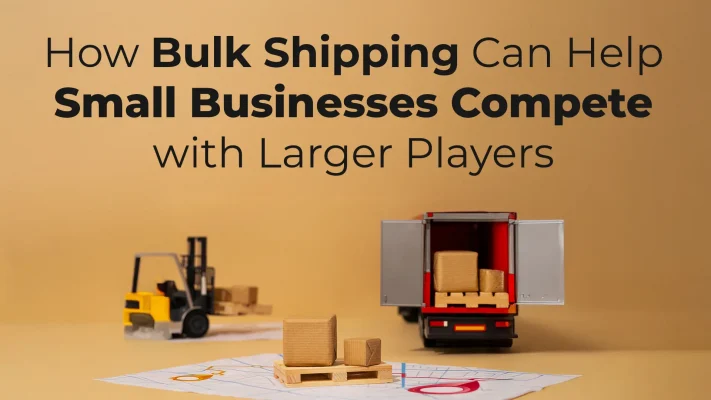

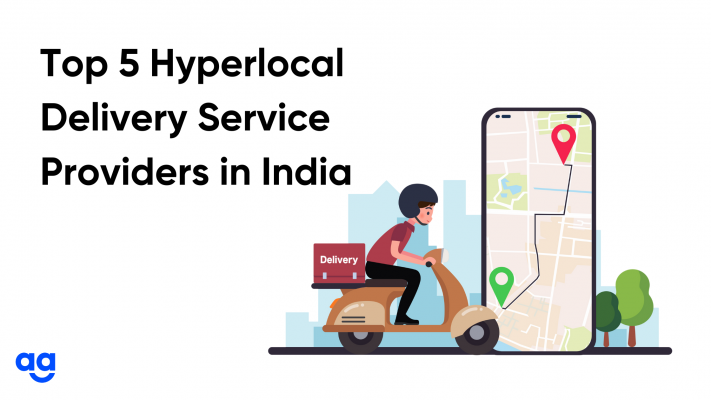
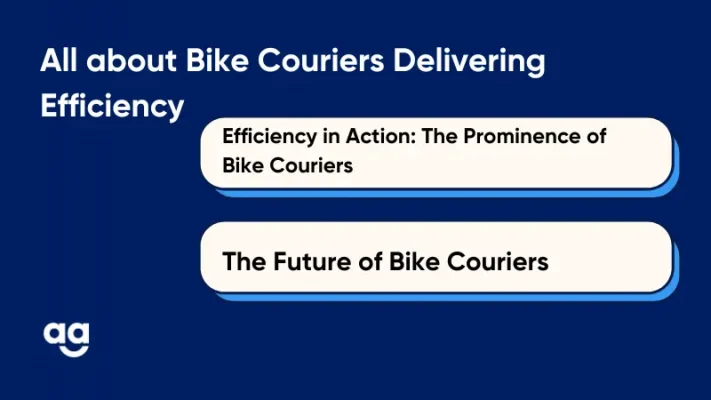

 Shipping
Shipping







